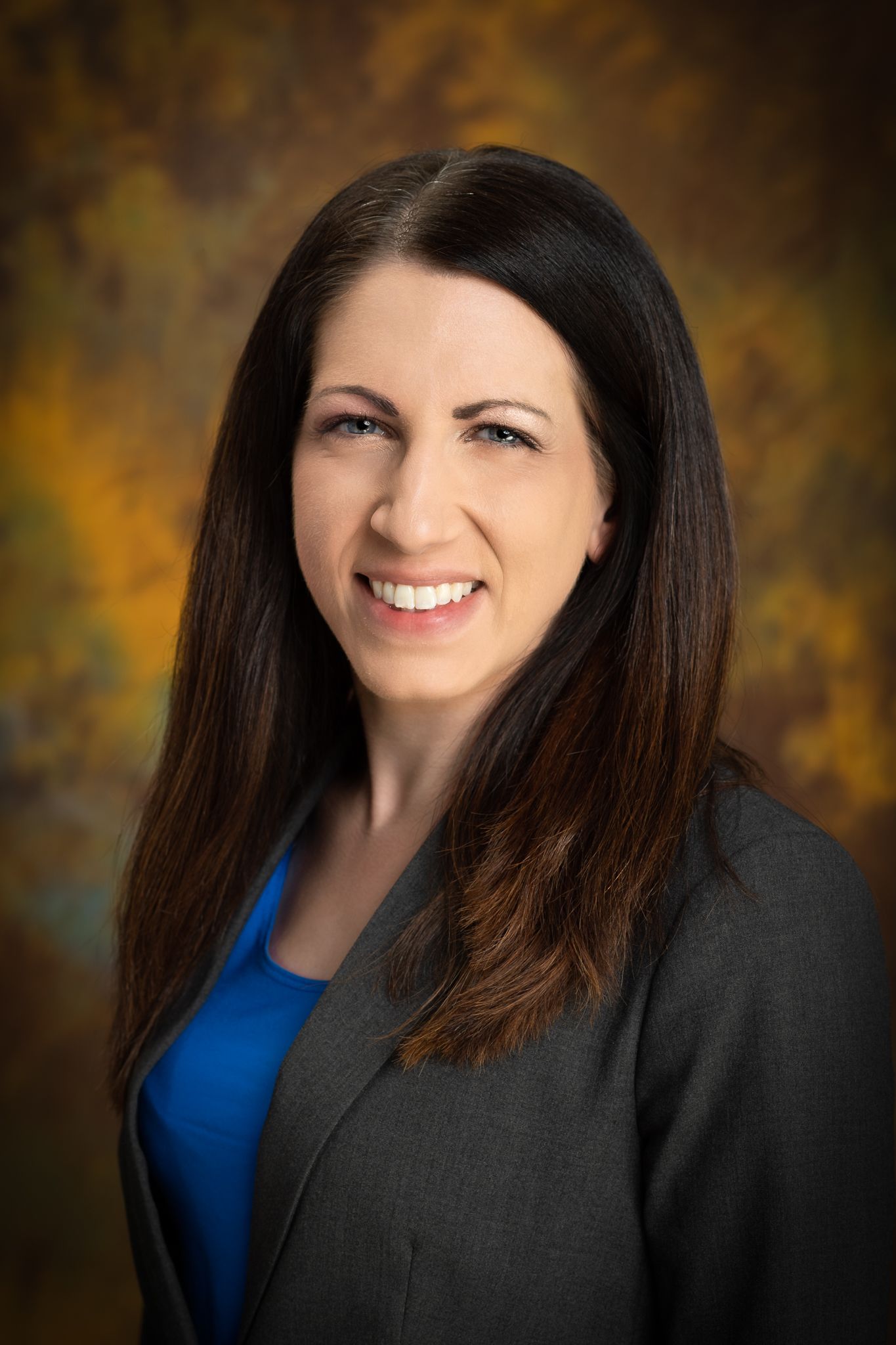
We are honored to welcome back Aspire OT Instructor, Megan O. Doyle, MS, OTR/L, FPS, Cert-APHPT as a guest blogger!
An Occupational Therapy
Practitioner Walks onto a Patio…
This did not mean that these other professions did not have high regard for the occupational therapy profession or know of our scope or skill in the treatment of pain (or so I thought at the time, more on that later). Multiple times that night, I was made to feel welcomed and acknowledged with statements like, “Oh, you’re an OT! You all have been way ahead on recognizing the importance of the biopsychosocial model.” This made me quip more than once that night, “Yep! We are the ‘Biopsychosocial Hipsters’—we were doing biopsychosocial before it was cool!”
It was with this buoyant optimism that I went into the first day of presentations at the San Diego Pain Summit, assuming that even if I was to be the only OT practitioner present, least my scope of practice would be readily referenced and acknowledged. I will admit, however, that rather quickly, my optimism turned to realism.
Interdisciplinary in Spirit, Multidisciplinary in Execution
The first day of presentations started off in a truly inspired manner, as one of the keynote speakers, Uchenna Ossai, PT, DPT, WCS, CLT began with her presentation titled "The Chronic Pain of Racism in Leadership." I must admit, as a Caucasian practitioner who works in a very minimally racially diverse workplace environment, this had me become hyper-aware and reflective. It was also a great interdisciplinary presentation in that the topic had no bearing on a specific professional at all, but ALL of them in healthcare. It was during this presentation that the one other occupational therapy practitioner that was physically present revealed herself during the question-and-answer portion! We quickly connected during the break, delighted to have found one another with her stating, “I was told there was another OT here!”
It was during the next presentation, however, that the initial reminder of how far our profession of occupational therapy has yet to go in educating other professions on what we do came in full force.
Joel Bialosky, PT, PhD, FAAOMPT, OCS gave his presentation entitled, "It’s not you, it’s me…..", specifically about the importance of therapeutic alliance, what the research says about its impact on pain care outcomes, and could it be objectively measured. What got me to go right up to him after the presentation were his assertions that not only his profession of physical therapy (which he kept reminding us of during the presentation, “I am a PT, so I am operating from that paradigm”) but also he discussed his thoughts that occupational therapists don’t have a formal way of addressing this.
Joel Bialosky, PT, PhD, FAAOMPT, OCS gave his presentation entitled, "It’s not you, it’s me…..", specifically about the importance of therapeutic alliance, what the research says about its impact on pain care outcomes, and could it be objectively measured. What got me to go right up to him after the presentation were his assertions that not only his profession of physical therapy (which he kept reminding us of during the presentation, “I am a PT, so I am operating from that paradigm”) but also he discussed his thoughts that occupational therapists don’t have a formal way of addressing this.
I revealed to him that the scope of occupational therapy has the very specific intervention of therapeutic use of self, and educated him on Rene Taylor’s Intentional Relationship Model, which IS a formal method of focusing on therapeutic alliance. It seemed to surprise him as he discussed that he was unaware of these concepts. I tried to hide my disappointment that by staying within his PT paradigm he maybe had not considered how these concepts have been utilized for a significant period of time now in the occupational therapy world. I did appreciate that he acknowledged his bias and was very receptive to looking into more of what OT has to offer.
After another fantastic presentation by Syreeta Nolan, "My Intersection of Chronic Pain, Medical Trauma, and Blackness", which truly got me reflecting on my privilege and bias. David Poulter, PT, B.Sc. Special Hon, Dip MDT presented on the topic, "Patient Centered Care and Developing the Therapeutic Alliance. Have We Lost Focus?" I once again found myself advocating and educating on the scope of occupational therapy within my small discussion group consisting solely of physios and massage therapists. I ended up talking about how that within occupational therapy language, “patient” doesn’t exist, only “client”, and that we truly focus on a means for “person-centered” not “patient-centered” care. The presentation overall was good and had needed information, but once again, I felt as though one profession was discovering something for the first time that another profession, my profession of occupational therapy, had always strived to do! And that somehow only now was this best practice? My newly formed fellow OT connection shared a similar sentiment as mine, and we were both left scratching our heads.
A Voice Crying Out in the (Healthcare) Desert for the Scope of OT
Two of the final presentations for the first day were excellent in their content and sharing of lived experience, and the scope of occupational therapy did get a little shout-out! First, a colleague of mine from the Applied Prevention Health Promotion Academy/Pro-Activity space, Daria Oller, PT, DPT, ATC shared her story and the seemingly hourly updated evidence-base in "A Physical Therapist’s Lived Experience With Long Covid." Daria went into great detail about her significant need to not only pace her activities but outright having to make very hard decisions as to what valued activities to even engage in, sometimes having to ask her spouse to bring her food because she lacked any remaining energy to get it herself. She also spoke of having visual sensitivities when driving, among other things.
Done very purposefully, immediately following Daria’s presentation was Todd Davenport, PT, DPT, MPH, OCS’s presentation, "What To Do When ‘Working Out’ Isn’t Working Out: Insights from the Physiology of Post-Exertional Symptom Exacerbation." This presentation was focused on the different responses to exercise and physical activity that deconditioned persons versus persons with chronic fatigue syndrome (CFS) (also known as myalgic encephalomyelitis (ME))/ and now long-haul COVID showcase. There is evidence of an aerobic system dysfunction that necessitates “Energy System First Aid”, pacing and energy conservation principles which Todd referenced that he learned quite a bit about from his occupational therapy colleagues. My hands went up in a celebratory acknowledgement gesture, as did the other occupational therapy practitioners in the room! You can check out Todd’s JOSPT blog posts covering this topic here: Part 1, Part 2, Part 3, and Part 4.
In addition to pure compassion and empathy for Daria, all I kept thinking during her presentation was, “an occupational therapy practitioner could have worked on ALL of this with you!” She did find others to share problem-solving strategies with, and formed an entire advocacy group, but did not realize there was an entire profession ready to address all these areas. Todd Davenport’s presentation certainly reinforced this, as he outright named occupational therapy as a profession to provide best-practice treatment for this group. But this information was being delivered ultimately through a physiotherapist lens. Simply another rallying cry for the profession of occupational therapy to stand up and loudly proclaim they have the skills to be a key member of an interdisciplinary team and that practicing in silos does not serve anyone.
In fact, in preparing to write this blog post, I did seek out in the literature articles focusing on the benefits of interprofessional knowledge or understanding of the role of other healthcare professions. I honestly wasn’t surprised when I found this great article from the nursing world titled “Knowledge of the professional role of others: A key interprofessional competency”, as nurses routinely practice in interdisciplinary settings. The qualitative study detailed six key competencies of interprofessional collaborative practice: communication; strength in one’s professional role; knowledge of professional role of others; leadership; team function; and negotiation for conflict resolution. It was that key tenant of “knowledge of professional role of others” that was truly on my mind during the San Diego Pain Summit, as it solidified my passion for advocacy not only for my profession of occupational therapy’s role in comprehensive pain care but my continued realization that the profession needed to continue to recognize this itself to be loud and proud about it within their own ranks!
Thinking Bigger, Broader, and Deeper
However, the remainder of the presentations and keynote speeches of the weekend really took on a tone that didn’t feature anyone profession but did a brilliant job of bringing all the professions together in the moment for one defined purpose: looking broader and thinking deeper to treat the person in pain in the most comprehensive manner possible. These topics included "Diagnostic Uncertainty In Chronic Pain" by Melanie Noel, PhD, RPsych, "Coming To Terms With Complexity: Navigating The Terrain Between Research And Practice" by Matthew Low, PT, ACE, ESP, and "Rethinking Osteoarthritis – Is It More Than Just The Joint?" by Tasha Stanton, PhD (guess what? It IS!).
Jason Silvernail, DPT, DSc, FAAOMPT also presented on "Conflict and Safety in Clinical Spaces”, which led to an incredible follow up commenting string on the virtual feed regarding patient perceptions of this content and how we all need to be aware of our language and bias, and my personal favorite presentation of the entire weekend by Lisa VanHoose, PhD, MPH, PT, "Your Pain Evaluation Is Incomplete Without A Zipcode Assessment", as this REALLY got into the heart of looking at the contexts surrounding a person in pain, both physical and social environments! Not to mention, she was simply a firecracker of a personality and kept us engaged from start to finish.
But the true highlight for me was the “After Dark” event the Saturday night of the conference, where attendees were invited to sit on one of the beaches around a fire and encouraged to openly speak their minds. It was by that fireside, I truly saw all our professional labels evaporate and big picture discussions erupt, including one I most fervently participated in regarding moving “upstream” in healthcare to actually address the underlying factors that impact health and therefore pain, versus continuing in our more traditional rehabilitative “downstream” roles. We all really challenged each other to think outside the box, and breathe into the universe our ideas, hopes, wishes, and dreams for a healthier world.
The San Diego Pain Summit as a whole ticked so many boxes for me when it comes to what I am looking for in a pain-focused healthcare conference, and I walked away with newfound connections, reflections on my own clinical practice, and already a plan to sign up for next year. But I also left with the overwhelming thought that occupational therapy’s accurate representation and integration into the Summit had merely scratched the surface, despite the support from both the conference organizer, Rajam Roose, and other attendees in the recognition and inclusion of occupational therapy practitioners in the comprehensive and best-practice treatment of pain. This means it is OUR profession’s responsibility to be that much more assertive and (diplomatically) louder in our advocacy, as the healthcare practitioner community and the community at large is ready and willing to hear our message.
References:
References:
Macdonald, M. B., Bally, J. M., Ferguson, L. M., Lee Murray, B., Fowler-Kerry, S. E., & Anonson, J. M. (2010). Knowledge of the professional role of others: a key interprofessional competency. Nurse education in practice, 10(4), 238–242. https://doi.org/10.1016/j.nepr.2009.11.012
Want more?
Occupational Therapy Pain Management Courses Created Just for OT℠
Just for OT Subscription
What's included

We are better together!
Don't Miss A Thing!
Follow us on social media to stay up to date on all of our latest postings.
Join our newsletter
Get weekly updates on new blog posts, webinars, on-demand courses and more right in your mailbox.
Thank you!
Write your awesome label here.
Coaching, JUST for OT Practitioners
As OT practitioners, we face a lot of challenges. Trying to juggle patient care, documentation, productivity and professional development can be a struggle. It is easy to lose sight of our “Big OT Dream”.
Aspire OT Coaching is here to help you navigate the challenges and develop strategies to achieve your goals as an OT practitioner.


